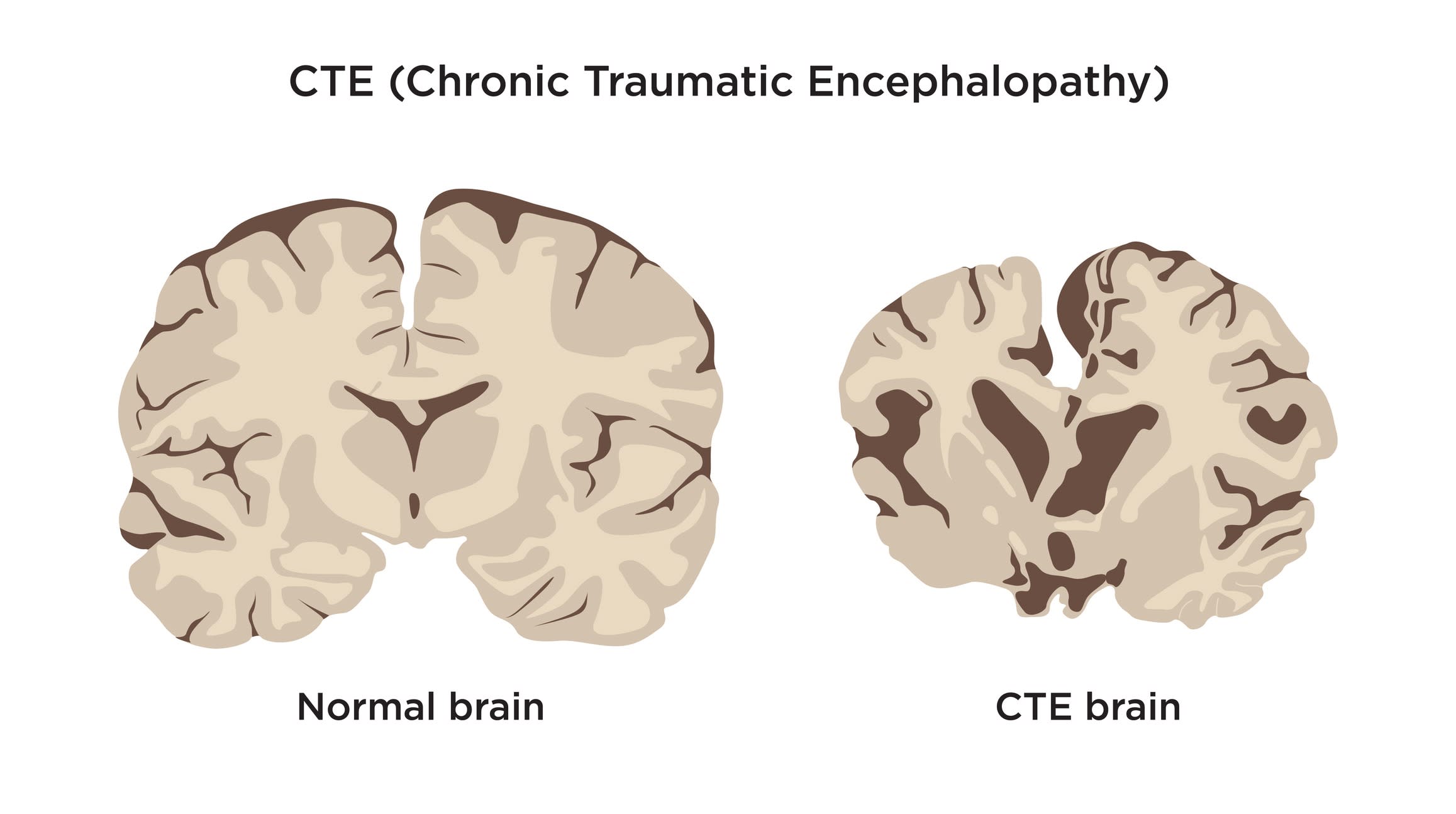Why sports stars get less support than other injured workers – and how we can fix it
Inadequate, inequitable, and in some cases possibly in breach of workers’ compensation laws. That’s how bad the current insurance arrangements are for Australia’s professional sports people, who get less support for long-term injuries than other workers, and less support than if they’d been playing in New Zealand.
That is part of what I told the current Senate inquiry into concussion and repeated head trauma in sport, speaking as a researcher in work health and safety law in professional sport, and as a former general counsel and general manager with the Victorian WorkCover Authority and WorkSafe Victoria.
CTE is no longer the elephant in the room, but it’s still noticeably absent in name from, for eg, the AFL’s long-term concussion strategy. References to “potential long-term outcomes” do not quite capture the potential scale of the issue. Me today: https://t.co/JnGhyaRD4T
— Stephanie H Convery (@gingerandhoney) March 16, 2023
The AFL has been in the spotlight following news of a class action led by retired Geelong premiership player Max Rooke, on behalf of more than 60 former Australian Football League players. The law firm leading the class action claims Rooke suffered “permanent, life-altering injuries” from concussion.
The lawsuit comes as the AFL prepares to follow the NRL and Rugby Australia in appearing before the Senate inquiry.
However, as my submission to the inquiry pointed out, the issue of workplace safety and injury support affects far more than just Australia’s football codes.
Players are employees – who aren’t covered for long enough
Last month, I told the Senate inquiry that professional sporting organisations were employers, and their players employees.
Under work health and safety law, employer sporting organisations have a statutory duty to do what is reasonably practicable to prevent injuries to their employees.
Because eliminating all injuries is not a realistic expectation, employers provide insurance to support injured players.

The first symptoms of chronic traumatic encephalopathy (CTE) take years to decades to develop, by which time the players who have them are usually no longer playing professionally and no longer insured.
Read more: What does concussion do to the brain?
Their employer-supported insurance arrangements usually lapse either when their contracts expire or shortly after. This means they don’t adequately support the treatment of injuries that become evident years after the athlete’s career ends.
There are many stories of former AFL players and players in other leagues who suffer such severe memory loss that they can no longer recall their achievements, and their clubs and leagues won’t help.
No workers’ compensation, unlike NZ
Worse still, exemptions from state and territory employer-funded workers’ compensation schemes deny professional sportspeople the fallback protection afforded to other workers.

In the absence of workers’ compensation, the primary medical obligation transfers to Medicare, shifting it from employers and state governments to taxpayers and the federal government.
The exemptions were introduced in the 1970s at a time when athletes first started to be paid well, and leagues and clubs were concerned about their financial capacity to pay workers’ compensation premiums.
There also were perceptions that sport was not “normal” work, and (part-time) athletes were not workers. The arguments are redundant in a world in which sport has been corporatised and commercialised.
Read more: Is the NRL legally liable for the long-term impacts of concussions?
Confusing things still further is that some of the exemptions from workers’ compensation are ineffective, failing in NSW and Tasmania to exclude professional players whose contracts remunerate them for activities other than sport such as promotions.
In the Northern Territory, players who earn more than 65% of average weekly earnings are not excluded. There, the intention is to ensure coverage for professional players who derive a substantial part of their livelihood from sport – the opposite of the intention in other jurisdictions.
The exemptions stand in stark contrast to New Zealand, where its accident compensation scheme draws no distinction between sport and other injuries.
Sporting organisations with operations in NSW, Tasmania and the Northern Territory that have not taken out workers’ compensation policies for their players may be operating in breach of their obligations.
This should not come as a total surprise. Sporting organisations have a history of failing to comply with their obligations as employers.
For many, the reality is even worse
Down the hierarchy from elite sports, to sports where professionals are part-time (including many women’s sports), the insurance offered shrinks.
It has time limits to payments for lost income – the highest I have seen is 104 weeks. It has excesses. For payment of medical expenses, it often requires the athlete to take out private health insurance. And while many sports pay out-of-pocket gap fees, that obligation usually expires on, or shortly after, termination of the contract.
The longest obligation I’ve seen after the termination of a contract – and these contracts are generally not public – is 18 months.
That’s shorter than it takes for many traumatic brain injuries to become evident, and those injuries last a lifetime, well beyond 18 months after playing.
Legal action isn’t the best solution
The rationale for the continued exclusion of professional players from workers’ compensation rests on the assumption that employers are making alternative arrangements, and that they are adequate.
This clearly isn’t the case for long-term and long-latency injuries arising from concussions and repeated head trauma. Expensive, time-consuming and unpredictable litigation of the kind now underway is a poor substitute for properly compensating athletes for injuries suffered in their line of work.
The insurance and compensation arrangements for professional players ought to be no less than that provided to other Australian workers. The starting point should be their inclusion in workers’ compensation schemes.
The Senate inquiry presents an opportunity to construct a scheme tailored to the unique circumstances of professional sport – one that’s no less generous than those applying to other Australian workers.
![]()
This article originally appeared on The Conversation.






